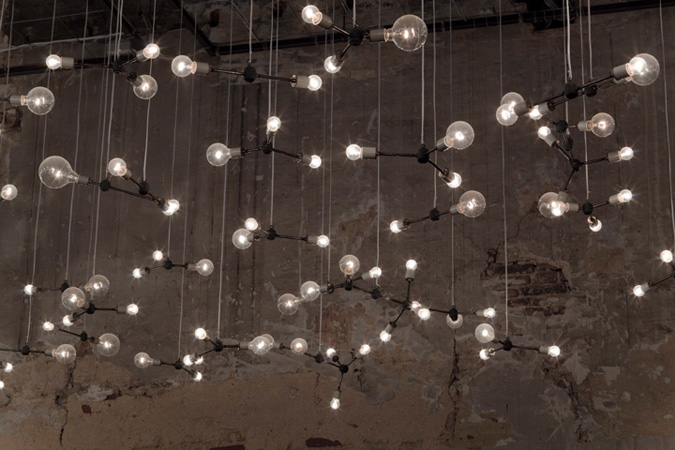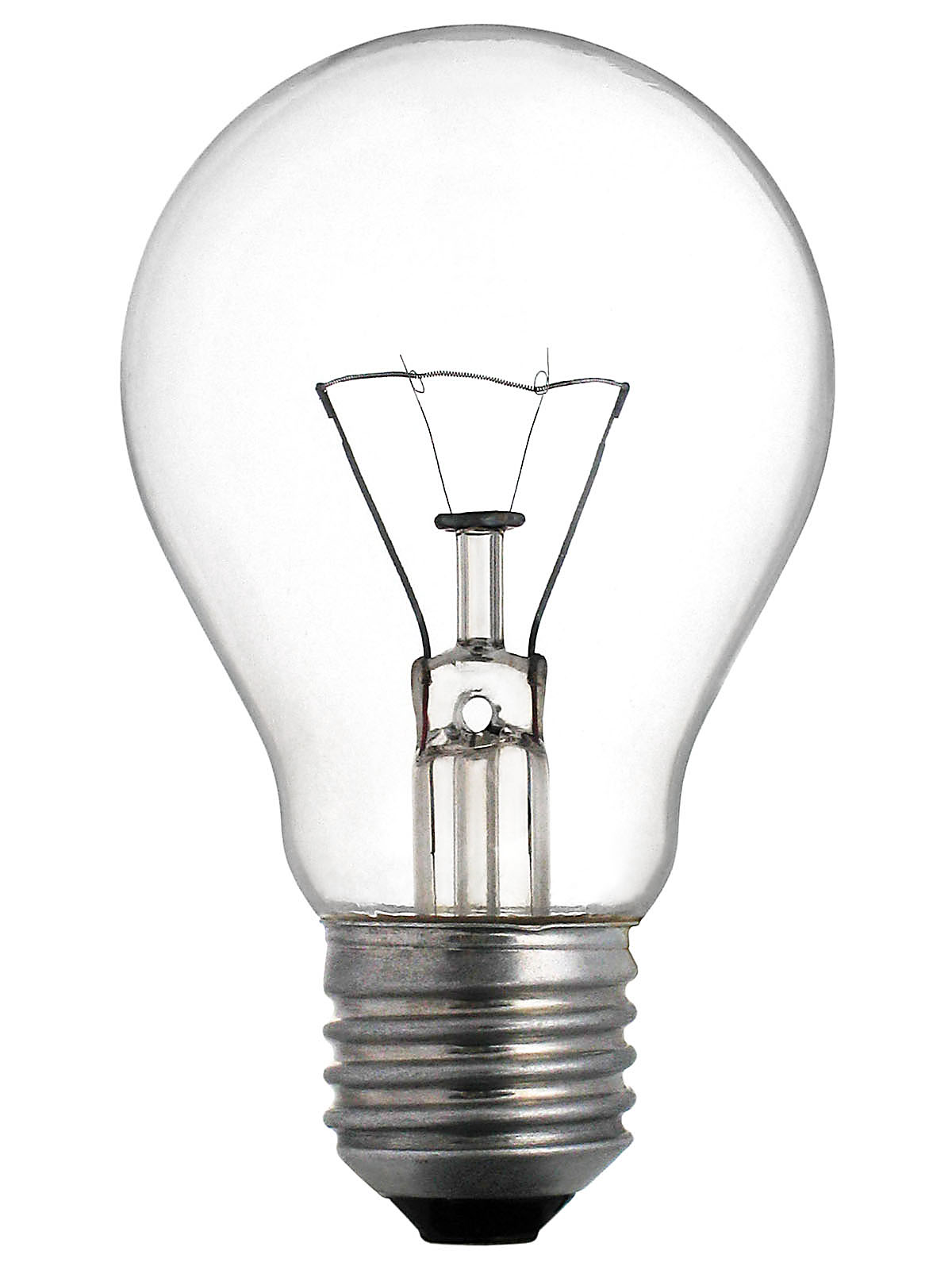My partner for the experiment project is Jill Swan. Jill came up with an idea relatively early on in our brainstorming process to do an experiment relating to the energy use of different kinds of light bulbs. We hear everywhere that LED’s are the best, most efficient light bulbs, but we want to put that to the test.
The plan for the experiment is to power a socket that is connected to a switch and an outlet. Three types of light bulbs will be screwed into the socket one after the other- compact fluorescent, LED, and incandescent (pictured below in that order).
Two things will be evaluated in our experiment- a multimeter will be used to measure the electricity being used and a solar cell will measure the light output. The bulbs are all the same wattage (60). Like the previous experiments in class, the student will take the average of 3-5 trials and use those numbers to graph the information to determine the efficiency of the light bulbs. Jill and I hypothesize that the LED will be the most efficient, followed by the CFL, with incandescent being the least efficient.
Since our brainstorming session we have gathered the needed materials at Home Depot and have a plan for how we are going to assemble all the pieces to make a working circuit. We met a very helpful man at Home Depot who assisted us and have also done research on the internet. One of the biggest concerns for us is the safety of ourselves and the other students who will be handling the experiment. We are not familiar with the wiring for electrical circuits and so we have purchased some items to keep everyone safe. We have electrical tape to cover the exposed wires so that no one can touch them and be electrocuted and we have a box to hold the switch as a back-up safety measure.
We have divided the work up as follows: Friday during class we are going to try and assemble the experiment. We will communicate over google drive to work together on the experiment handout. Over Thanksgiving break I will make the powerpoint. I will send it to Jill to make sure she agrees with what I have out together. Jill will write the final blog post and she will send it to me to make sure I agree with what she has written.





